H. Weyl1406747920, 9781406747928
TO MY FRIEND WALTER DALLENBACH FROM THE AUTHORS PREFACE TO THE FIRST GERMAN EDITION THE importance of the standpoint afforded by the theory of groups for the discovery of the general laws of quantum theory has of late become more and more apparent. Since I have for some years been deeply concerned with the theory of the representation of continuous groups, it has seemed to me appropriate and important to give an account of the knowledge won by mathematicians working in this field in a form suitable to the requirements of quantum physics. An additional impetus is to be found in the fact that, from the purely mathematical standpoint, it is no longer justifiable to draw such sharp distinctions between finite and continuous groups in discussing the theory of their representations as has been done in the existing texts on the subject. My desire to show how the concepts arising in the theory of groups find their application in physics by discussing certain of the more important examples has necessitated the inclusion of a short account of the foundations of quantum physics, for at the time the manuscript was written there existed no treatment of the subject to which I could refer the reader. In brief this book, if it fulfills its purpose, should enable the reader to learn the essentials of the theory of groups and of quantum mechanics as well as the rela tionships existing between these two subjects the mathematical portions have been written with the physicist in mind, and vice versa. I have particularly emphasized the reciprocity M be tween the representations of the symmetric permutation group and those of the complete linear group this reciprocity has as yet been unduly neglected in the physical literature, in spite of the fact that it follows most naturally from the conceptual structure of quantum mechanics. vii viii THE THEORY OF GROUPS There exists, in my opinion, a plainly discernible parallelism between the more recent developments of mathematics and physics. Occidental mathematics has in past centuries broken away from the Greek view and followed a course which seems to have originated in India and which has been transmitted, with additions, to us by the Arabs in it the concept of number appears as logically prior to the concepts of geometry. The result of this has been that we have applied this systematically developed number concept to all branches, irrespective of whether it is most appropriate for these particular applications. But the present trend in mathematics is clearly in the direction of a return to the Greek standpoint we now look upon each branch of mathematics as determining its own characteristic domain of quantities. The algebraist of the present day considers the continuum of real or complex numbers as merely one field among many the recent axiomatic foundation of projective geometry may be considered as the geometric counterpart of this view. This newer mathematics, including the modern theory of groups and abstract algebra, is clearly motivated by a spirit different from that of classical mathematics, which found its highest expression in the theory of functions of a complex variable. The continuum of real numbers has retained its ancient prerogative in physics for the expression of physical measurements, but it can justly be maintained that the essence of the new Heisenberg-Schrodinger-Dirac quantum mechanics is to be found in the fact that there is associated with each physical system a set of quantities, constituting a non-commutative algebra in the technical mathematical sense, the elements of which are the physical quantities themselves. ZURICH, August, 1928 AUTHORS PREFACE TO THE SECOND GERMAN EDITION DURING the academic year 1928-29 I held a professorship in mathematical physics in Princeton University… | |

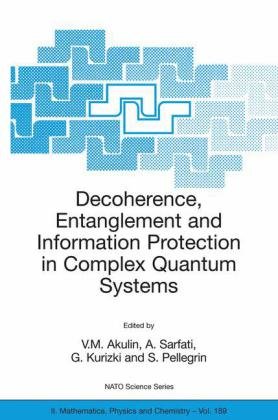

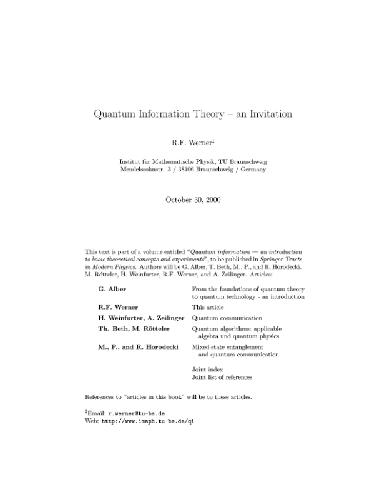
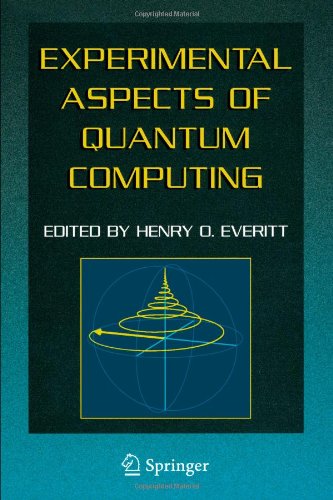
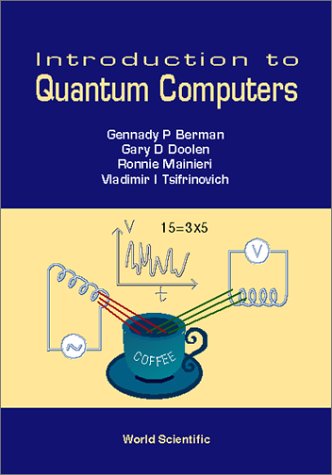
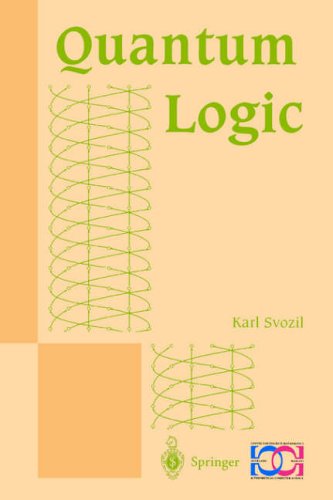
Reviews
There are no reviews yet.